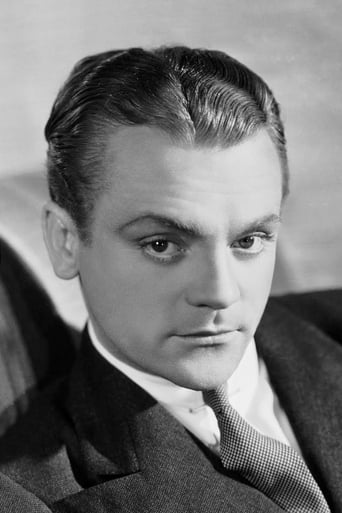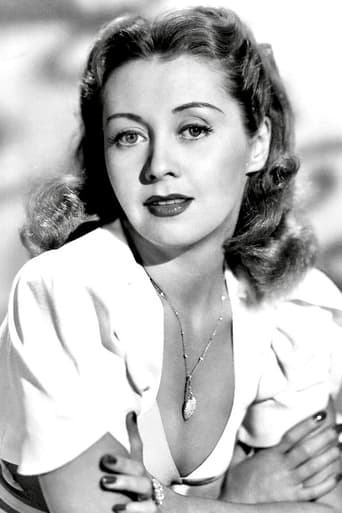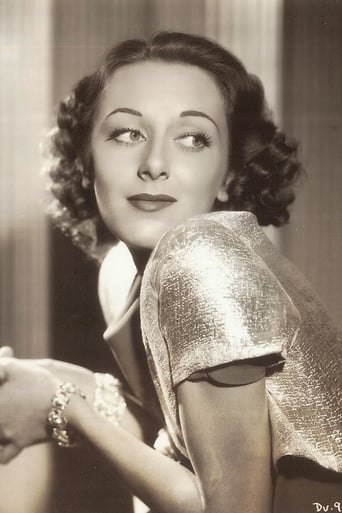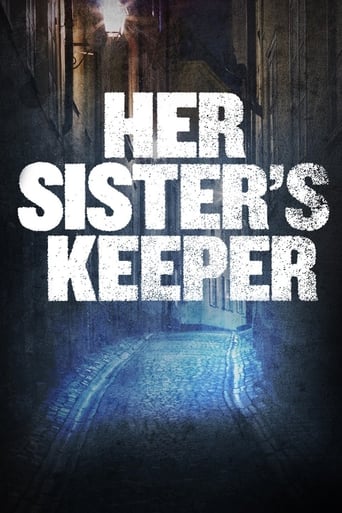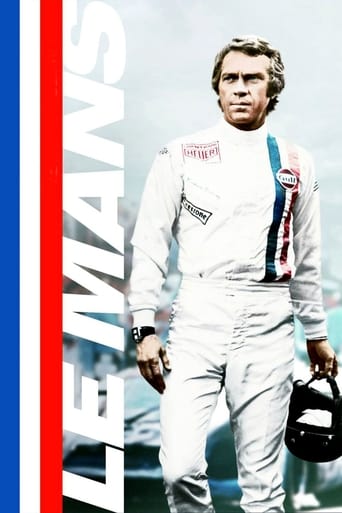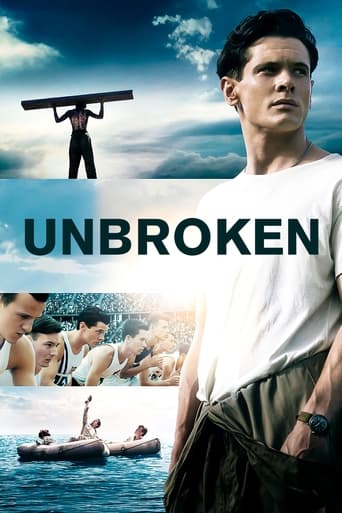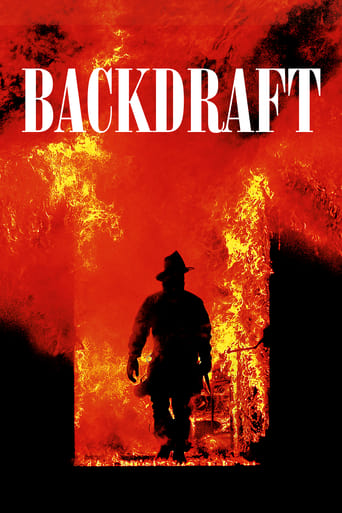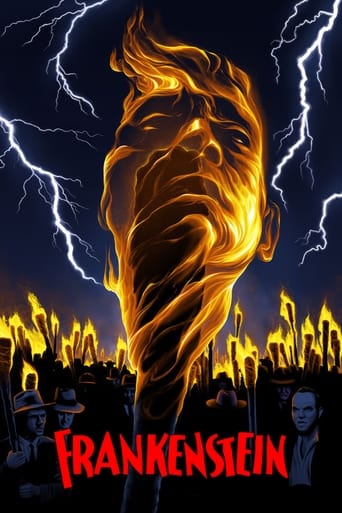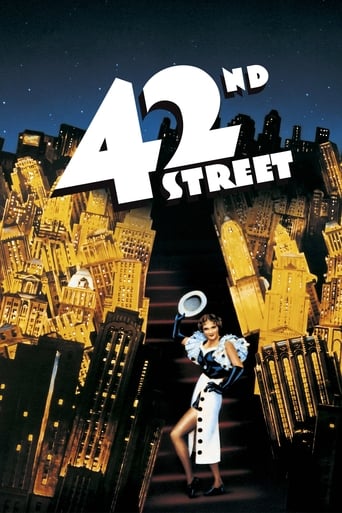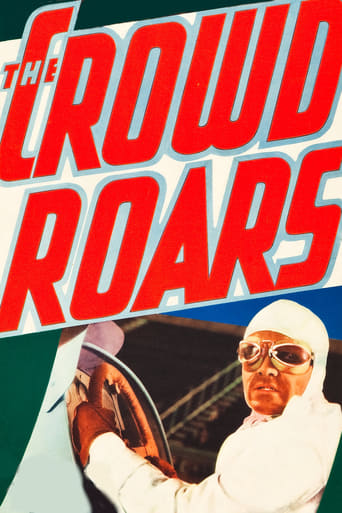
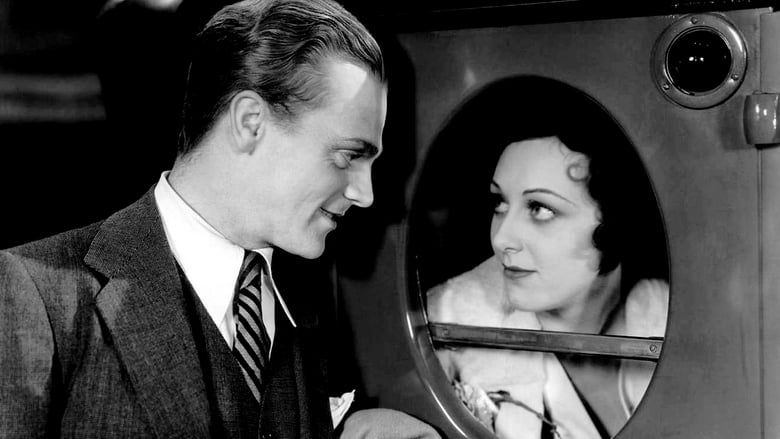
The Crowd Roars (1932)
Famous auto racing champion Joe Greer returns to his hometown to compete in a local race, discovering that his younger brother has aspirations to become a racing champion.
Watch Trailer
Cast
Similar titles
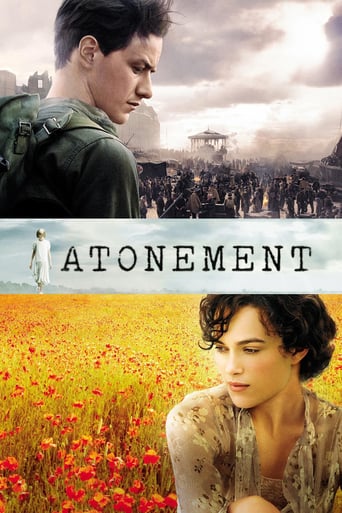

Reviews
i must have seen a different film!!
Instead, you get a movie that's enjoyable enough, but leaves you feeling like it could have been much, much more.
When a movie has you begging for it to end not even half way through it's pure crap. We've all seen this movie and this characters millions of times, nothing new in it. Don't waste your time.
I am only giving this movie a 1 for the great cast, though I can't imagine what any of them were thinking. This movie was horrible
I found it interesting that only one previous reviewer mentioned the poor matching of actual footage and rear projection of the racing scenes. For me they were a deal breaker. In virtually every switch the position of the cars changed. On the dirt track the announcer said the younger brother's car was in front while the footage showed it third. At Indy where the numbers 2 and 4 cars are shown way out front, the rear project shows them back in the field. These mistakes aren't rare, the are consistent. And when the cars run through the burning gas slick, it's obvious that after a few circuits someone poured more on the track. Come on guys! What could have been an exciting film just turned into head-shaker for me.On the other hand, the women in the film held it together with excellent acting. Ann Dvorak's opening scenes where she expresses her fears are especially noteworthy. Joan Blondell is fine as the love interest and no-nonsense wife. The men are just cardboard characters. A real misfire.
In most ways this is a typical Warner Brothers product from the 30s or 40s. Plenty of action, fast dialog, a slap across the cheek, a punch in the snot locker, a young woman heartbroken, professional male solidarity, conflict within the organization, characters with names like Joe and Eddie and Spud, racing cars skidding perilously around the turns on a race track, and final redemption.Howard Hawks was fond of racing cars at the time, and remained so, but there isn't much of the director's signature visible here. Well, maybe some emerging part of a pattern. When practicable, the camera stays at eye level. And Ann Dvorak is hooked up with Cagney, she frets over whether she's "good enough." It must have been one of Hawks' favorite phrases because he used it, or variations on it, often over the next thirty years. Cary Grant to Jean Arthur in "Only Angels Have Wings" (1939), "You'd better be good." John Wayne to pal Ward Bond in "Rio Bravo" (1959), "You're not good enough." Sometimes Hawks adds or substitutes another favorite phrase: "Good luck to ya." The 20 and especially the 30s seem to have been decades in which hordes of daredevils were competing for speed records in one vehicle or another. Aviators like Wiley Post and Howard Hughes and Charles Lindbergh became famous. If you disappeared in the wild blue yonder, like Amelia Earhardt, they named a brand of luggage after you. The same thing was happening in automobile races here on earth. Half a dozen famous racing car drivers play themselves in this script. The only one that I'd ever heard of was Wilbur Shaw, but I assume at the time they had an abundance of celebrity.If there's nothing much new about the plot, there is one unusual scene. Frank McHugh, a Warners stalwart, is a driver whose car bursts into flame and who burns to death on the track. The shot of McHugh holding his face and screaming amid the flames is startling. And the other drivers having to pass through the smoke and the odor of McHugh's burning body is more literal than anything Hawks was to do with violence later in his career.
THE CROWD ROARS (Warner Brothers, 1932), directed by Howard Hawks, is a fast-pace drama revolving around auto racing at the Indianapolis speedway as indicated prior to the opening credits with racing cars speeding down the track as one goes out of control, causing the crowd at the grand stand to rise from their seats and, hence the title, the crowd roars! Starring James Cagney, whose gangster/tough guy image emerged with his ground breaking title role as THE PUBLIC ENEMY (1931), continues to play a tough guy, this time from behind the wheel aiming for the finish line. The story, written by its director, with screen adaptation by Kubec Glasmon, John Bright, Seton I. Miller and Niven Bush, finds Joe Greer (James Cagney), a three time Indianapolis driving champion, returning to his home town by train to meet with his kid brother, Eddie (Eric Linden) and Pop (Guy Kibbee), whom he hasn't seen in four years. Although loved by his mistress, Lee Merrick (Ann Dvorak - in her Warner Brothers debut), and much to her resentment, Joe intends on keeping their relationship a secret. However, Eddie, who hero worships Joe, wants to be a race car driver just like him. At first Joe tries to discourage him, but eventually paves the way for him in the racing game. Their relationship as brothers falters when Eddie encounters Lee's best friend, Ann Scott (Joan Blondell), a woman with a reputation. Going against Joe's orders, Ann goes after Eddie in spite, but instead, falls in love and marries him. During one of their races, Spud Connors (Frank McHugh), Joe's relief driver and best friend, tries to prevent the feuding brothers from going against each other on the track by driving between them, but is killed in the process, causing Joe to hit the skids while Eddie takes Joe's former title as championship racer. Regardless of how he put her aside, Lee makes every effort to locate Joe, who has disappeared from view.Also appearing in the cast are Charlotte Merriam (Ruth Connors); Ronnie Cosbey (Mike Connors); and Edward McWade (Tom Beal), whose roles go without credit. Guy Kibbee, who seems to have appeared in every Warner Brothers production at that time, is seen only during the film's initial 10 minutes, by which then his Pop Greer character drifts out of the story and never seen or mentioned again. THE CROWD ROARS has the great distinction for having its racing scenes filmed on location at Indianapolis at Ventura and Ascot race tracks rather than rear projection from inside of the studio, as well as having actual auto drivers, William Arnold, Ralph Hepburn, Leo Nomis, Stubby Stubblefield and Shorty Cantlon, appearing briefly as themselves, some whose scenes are handicapped by their weak acting. As much as the leading actors work well together, particularly the conceded Cagney along with the weakling kid brother-type, Linden. it seems a pity that the individual dramatic scenes enacted by Ann Dvorak and Joan Blondell were not handled on a more natural or convincing level. Their emotional screeching outbursts (Blondell's repeated lines to Cagney, "Tell him!") weakens what what might emerged as one of the film's strong points. This sort of "over-the-top" acting might have been common practice at the time, considering how director Hawks worked the same method on Dvorak's emotions opposite Paul Muni in the crime drama, SCARFACE (United Artists, 1932). Later in 1932, Dvorak appeared in possibly her finest performance captured on film in THREE ON A MATCH opposite Joan Blondell, while Blondell and Linden would re-team again in the rarely seen BIG CITY BLUES, where Linden was the central character. In 1938, Metro-Goldwyn-Mayer produced a film titled THE CROWD ROARS starring Robert Taylor and Maureen O'Sullivan, which was not a remake but another well made sports theme revolving around professional boxing. However, Warners did remake its own CROWD ROARS as INDIANAPOLIS SPEEDWAY (1939) starring Pat O'Brien, Ann Sheridan, Gale Page, John Payne in the Cagney, Blondell, Dvorak and Linden roles, with Frank McHugh playing "Spud" Connors once again. Comparing both films, whenever presented on Turner Classic Movies, the remake, being 15 minutes longer than the original's 70 minute length, plays better acting wise by its actresses, though the earlier version is better served due to the charisma of Cagney, which explains why the original played longer on commercial television in the New York City area up to the mid 1980s than INDIANAPOLIS SPEEDWAY, which ceased TV circulation around the late 1960s. Besides some good racing sequences and cast of familiar Warner Brothers stock players, THE CROWD ROARS is rather ordinary material made good by Cagney's dynamic appeal. (***)
This race-car drama, directed by Howard Hawks, was a personal project of his: Hawks had a lifelong passion for stock-car racing, and he persuaded several top racers to appear in this film as themselves (although demonstrating very little screen presence). I was expecting 'The Crowd Roars' to be quintessential Hawks: a two-fisted he-man drama, with the girly stuff kept to a minimum. In the event, I was surprised at how much 'chick-flick' material is in here, and pleasantly surprised at how well it works. A substantial amount of this movie is emotional drama between the four leads, in the implausibly spacious apartments occupied by the characters played by Ann Dvorak and Joan Blondell.James Cagney stars as Joe Greer, a stock-car driver at the top of the game: he's just won the Indy 500, and his hero-worshipping kid brother Eddie is eager to follow in his skid marks. Eddie is played by obscure actor Eric Linden, whose Noo Yawk accent blends well with Cagney's, but who otherwise failed to convince me that they were brothers. Annoyingly, Cagney attempts to dissuade Linden with that cliché "It's not for you" dialogue that I've heard in a dozen other movies: the one where the guy who's hugely successful in his profession attempts to convince someone else to stay out of that same profession. Guy Kibbee, in a tiny role as the Greer brothers' father, is excellent and absolutely convincing as the proud dad.Cagney has a poorly-defined romance with Dvorak, who spends all of her screen time in monotone mode ... except for one emotional monologue in which she turns on the waterworks and is surprisingly effective. Dvorak's friend is played by Joan Blondell, so I expected this role to be played in Blondell's usual 'weary dearie' mode. Again, I was pleasantly surprised. Elsewhere, I've mentioned that I always find Blondell coarse and common on screen. Here, she's amazingly good: she wears a tasteful outfit that shows off a couple of shapely gams. (When did they turn into hams?) This is the only movie in which I've seen Blondell play a realistic human being instead of a bundle of clichés. But we still get some of the standard Warners thick-ear dialogue: 'Ya can't grow wings on that guy.'The racing scenes, necessarily, involve editing these actors into authentic stock-racing footage, so there's unavoidably some very bad shot matching. What's less pardonable (because it was more avoidable) is some very bad audio matching on the soundtrack. We *see* thousands of people in the stands, all reacting as a race car bursts into flames ... but we *hear* what sounds like maybe six women squealing. Almost as if to make up for this lapse, during the chick-flick scenes there is some very scrupulous shot matching. I was especially impressed by a two-camera set-up in a dialogue scene between Dvorak and Frank McHugh. He holds a lighted cigarette in his hand throughout the scene, and the smoke in Dvorak's set-up matches the smoke in McHugh's set-up. Also, McHugh's cigarette is burnt down to the same length in both set-ups. Most movies aren't this careful!Obscure actress Charlotte Merriam, as McHugh's wife, has one powerful scene in which she rushes onto the track during an auto race, like a suffragette at the Grand National. (The undercranking here is obvious.) It's a shame that this scene did nothing for Merriam's career. Character actor Edward McWade has one excellent sequence.This movie is more confusing than it needs to be. There are two different characters cried Red, and two named Spud. Cagney and Linden spend most of the movie as rivals, but there's a last-minute reconciliation that seems to have been left on the cutting-room floor: it certainly isn't in the movie.SPOILERS COMING. The last scene in the movie finds Cagney and Linden in an ambulance, bound for hospital, with two rival drivers bound for the same hospital in another ambulance. With one of those would-be 'cute' Hollywood touches, the two sets of passengers urge the ambulance drivers to race each other through the streets. I really despise the cult of speed for the sake of speed: every year, a few innocent people get killed because of idiots who think that a public highway is their personal dragstrip. Race-car driving doesn't work very well as a vehicle for macho movie heroes, since it relies so heavily on stunt doubles, stock footage and (in this case, very badly done) rear projection. The romantic scenes in 'The Crowd Roars' actually work better than the macho gearshift stuff, and I'll rate this movie just 5 out of 10.

